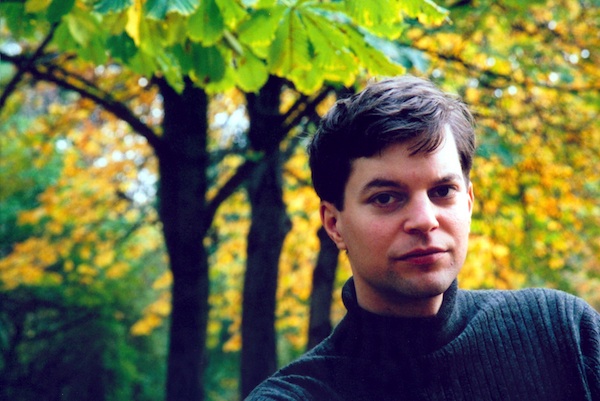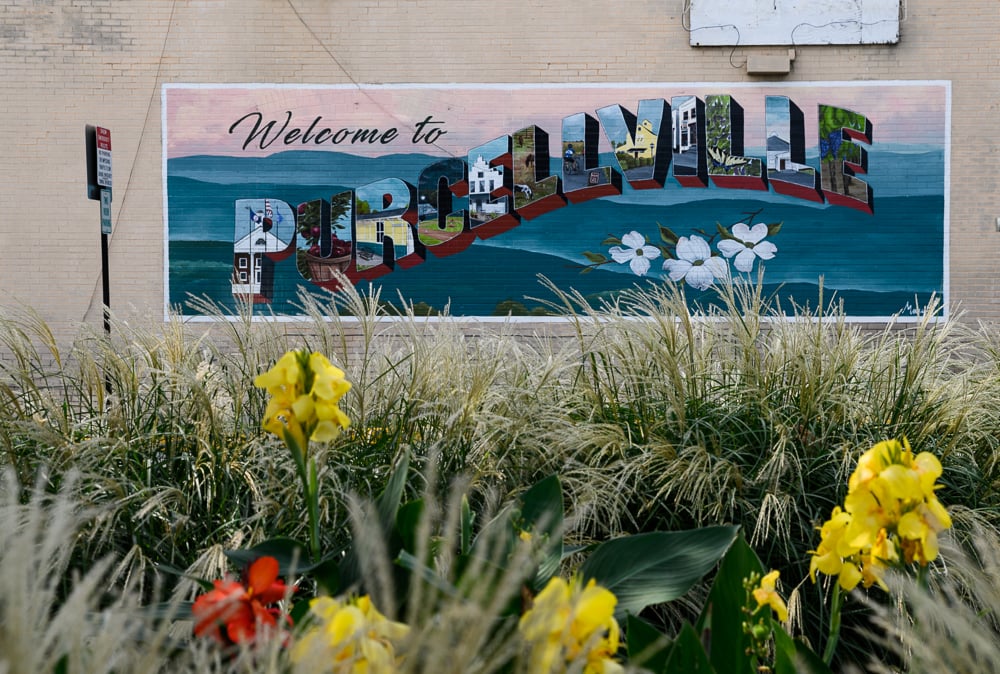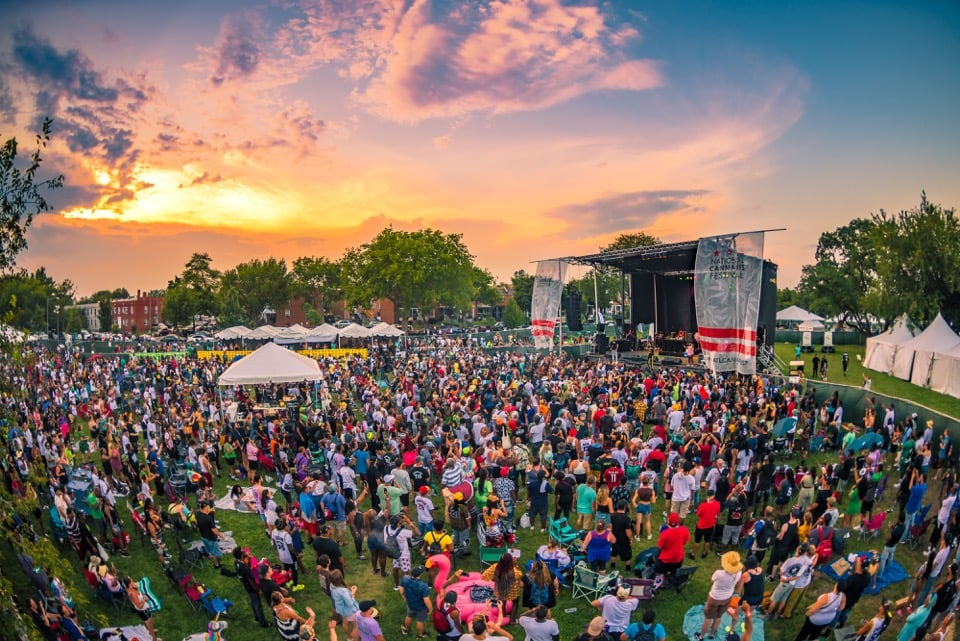Pianist Till Fellner performed at the Kennedy Center Saturday. Photograph by Monika Groser
Austrian pianist Till Fellner is a familiar quantity by now to Washington audiences, after his performance of an excellent near-complete Beethoven piano sonata cycle here. Enough, in any case, to have earned a spot on the Hayes Piano Series on Saturday afternoon, in which Washington Performing Arts Society hosts up-and-coming young pianists for a recital in the Kennedy Center Terrace Theater. It was exactly the sort of concert one has come to expect from this intelligent musician: reflective, understated, and meticulously shaped—with just the right hint of extremely dry wit.
Fellner appeared briefly in the recent documentary Pianomania, which follows a high-level piano tuner in Vienna, as a finicky customer searching for a new Steinway piano with just the right sound. That fastidious attention to the details of sound comes across in the way that Fellner touches the piano, beginning with the pertness of the short-note theme that opened the C major Haydn sonata (XVI:50). The tempo of the first movement was fast and the articulation crisp, based on a consistent pulse that was still not merely like a metronome, including impeccably clean details in the little turns and passages in thirds. The second movement had a guileless lyrical simplicity, making for blissful listening. Fellner never crossed the line into oozy emotion, with even the extravagant right-hand flourishes all part of an overall calm performance. The wry third movement brought back memories of the last time I heard this sonata performed by Fellner’s mentor, Alfred Brendel, in 2006. Like Brendel—but not exactly like him—Fellner gave this comic movement a sly, winking quality.
Next, Fellner programmed Half of One, Six Dozen of the Other, a quirky piece composed for him last year by the American piano prodigy Kit Armstrong, who is now 19. Based on an iteration of two whole-tone scales, the work inevitably carried overtones of the misty music of Debussy and Messiaen, who used similar scales, although in its length the sound world wore out its welcome before it was over. Armstrong’s description of the work gives the impression of an enigmatic puzzle that the performer and listener must solve, and in spite of a careful performance, the work holds more promise for the future than anything else.
At the end of the first half was the only really familiar work on the program, Robert Schumann’s Kinderszenen. As Fellner has done at so many of his performances, he took a piece that I have played and heard others play many times and made me listen to it anew. Schumann reportedly wrote the piece after his wife said he often seemed like a child to her. Fellner recalled his childhood with an interpretation that was honest and straightforward, without any hint of nostalgic schmaltz. For example, the evocation of children’s games in the third and ninth movements were all breathless excitement, and the pleading child of the fourth movement was more sweet than annoying (down to the final “Please?” of the last bars). The Happiness and Fireside movements were more blissful contentment than joyous outburst, and the Important Event and Almost Too Serious movements were filled with the confident authority children have about their own concerns. Even the overplayed Träumerei movement was played almost free of oily rubato, leaving all of the emotional weight for the final movement, The Poet Speaks, where the adult, following this reflection, strikes a mournful note.
For the Liszt anniversary year, Fellner played the second volume of the Années de pèlerinage, a sort of souvenir album of his travels in Italy with Marie d’Agoult. It was a welcome change not to be battered over the head with Liszt, whose music brings out the least subtle tendencies in so many pianists. Fellner went instead for ethereal beauty, right from the start of the Sposalizio movement, which evokes Raphael’s painting The Betrothal of the Virgin Mary, seen during their time in Milan. The painting symbolizes one of the great paradoxes of Liszt’s life, torn between worldly passions and his Catholic faith, but Fellner never let the larger passages, even in octaves, boom out of control. He gave a stony immutability to Il penseroso, a portrait of Michelangelo’s brooding statue of Giuliano de’ Medici in Florence. Fellner’s often hazy tone in the Petrarch movements gave the sense of memory. Even the infernal terrors of the Dante movement did not lead him to push the instrument beyond what it could handle, containing all the drama but none of the overindulgence sometimes associated with Liszt’s music. Once again, Fellner pointed the way to new ways of thinking about music one thought one knew.
For picks of what next to hear in the season offered by Washington Performing Arts Society, see my season preview. The next major event is a performance by jazz legend Sonny Rollins, on October 10, in the Kennedy Center Concert Hall.

















